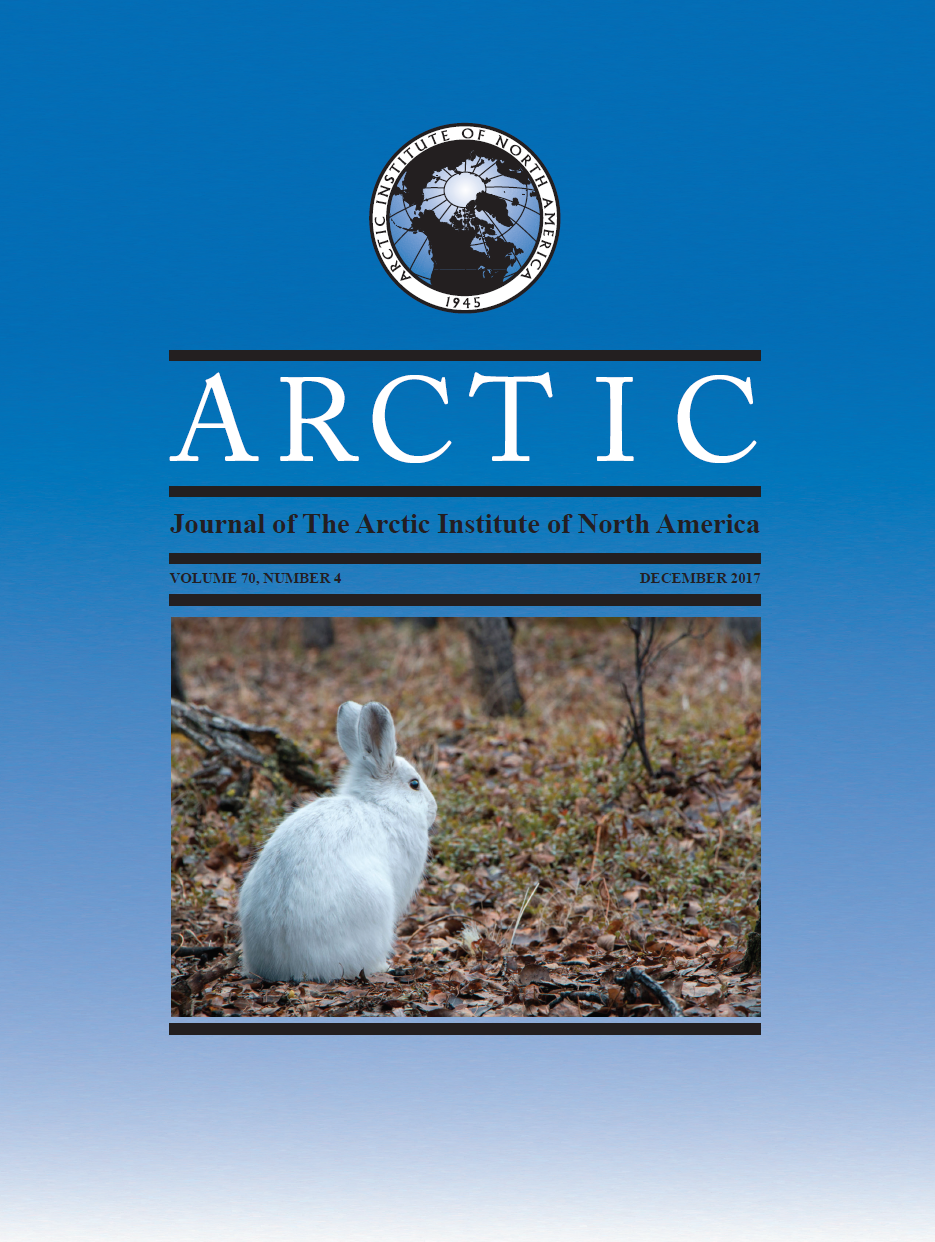Prevalence and Patterns of Sugar-Sweetened Beverage Consumption in Canadian Youth: A Northern Focus
DOI :
https://doi.org/10.14430/arctic4684Mots-clés :
Nunavut, Canada, Nord, jeunes, adolescents, boissons, sucre, habitudes alimentaires, activité physique, temps passé à l’écranRésumé
La consommation régulière de boissons édulcorées est un facteur de risque bien connu pour le gain de poids, les caries et le syndrome métabolique. Au Nunavut plus particulièrement, la consommation de boissons édulcorées est exceptionnellement élevée. Cette étude décrit les taux de consommation d’aliments et de boissons spécifiques et met l’accent sur les boissons édulcorées chez les adolescents du Nunavut, du Nord canadien dans son ensemble, et des provinces canadiennes en s’appuyant sur les données des cycles de 2010 et de 2014 de l’enquête « Les comportements de santé des jeunes d’âge scolaire » (l’Enquête HBSC), enquête qui a pour but d’étudier les caractéristiques de la population et les habitudes de consommation. Les analyses comparatives des habitudes de consommation du Nunavut, des trois territoires dans leur ensemble et des provinces du sud du pays ont permis de remarquer qu’en 2010, 53,1 % des adolescents du Nunavut consommaient des boissons édulcorées une fois par jour ou plus, 31,1 % dans les territoires du Nord et 24 % dans les provinces. Pour 2014, les données comparables étaient de 55,0 % au Nunavut, mais de seulement 27,0 % dans l’ensemble des territoires et de 19,1 % dans les provinces. Le pourcentage d’adolescents qui consommait des fruits et des légumes au quotidien était moins élevé au Nunavut que dans les provinces (65,5 % par opposition à 85,3 % en 2010, et 57,5 % par opposition à 84,4 % en 2014). Au Nunavut, un plus grand nombre d’adolescents consommait des sucreries et des croustilles au quotidien par rapport aux adolescents des provinces (42,6 % par opposition à 27,6 % en 2010, et 52,2 % par opposition à 25,2 % en 2014). Une plus grande proportion d’adolescents du Nunavut a signalé une grande consommation de boissons édulcorées et d’autres aliments à forte teneur en énergie comparativement aux adolescents des trois territoires dans leur ensemble et aux adolescents des provinces. Ces résultats confirment les résultats d’études antérieures, en plus de présenter une analyse actuelle et exhaustive dont on peut se servir pour jeter de la lumière sur les priorités et la programmation futures en matière d’alimentation et de nutrition.


